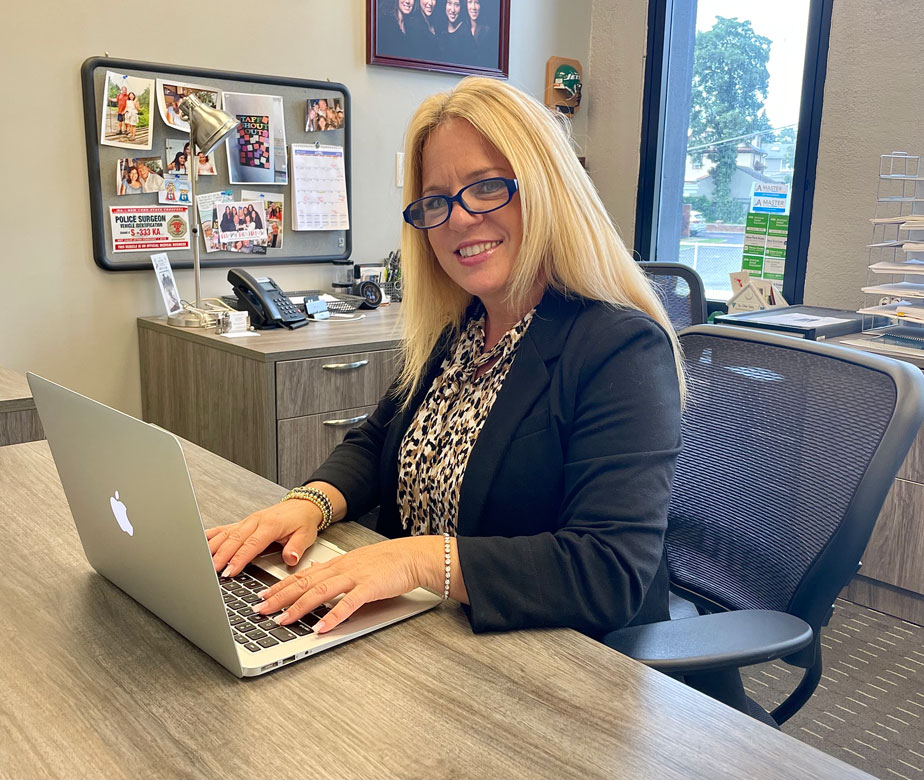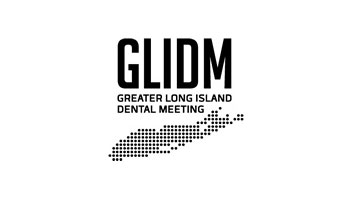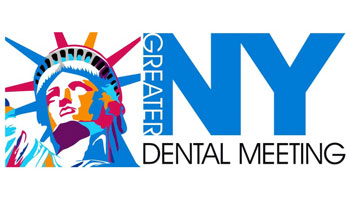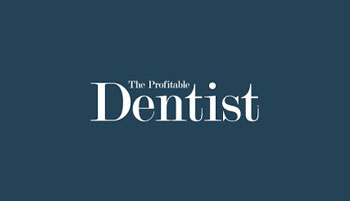
Patient Centric
Of course our practices are dedicated to the needs of our patients, but frequently our verbal skills do not relay that sense of purpose. Too often the day-to-day responsibilities get in the way of communicating in the most constructive way. It is done so innocently, that we usually do not even realize the negative impact of our words. We must always be reminded that, in the interest of great service, everything should be in the interest and for the benefit of our patients. Remember that every one of our patients are tuned into radio station WIIFM (What’s In It For Me) and their interest in our needs come a distant second to their own.
In a Patient Centric office all practice communication must be scripted in terms of benefit. An example of this would be in giving a tour to a new patient:
“For your safety we adhere to the highest standards in instrument sterilization and treatment room disinfection. For your enjoyment we have HD TVs and noise cancelling headphones. In the interest of providing you with the best care possible we have the absolute latest, state-of-the-art equipment.”
Our bios should not read like a resume, listing what you’ve done or how you do what you do. The Patient Centric bio should describe how the doctor “is excited to be providing care that changes people’s lives” and that “it is thrilling to replace pain with comfort, to eliminate infection and to make our wonderful patients look great, feel great and have the confidence that can be provided by a great smile”.
The discussion of treatment in a Patient Centric practice should not be educational in nature and use technical terms that normally excite us, as dentists. But rather, it should be geared to overcoming the effects of dental conditions. When patients describe perceived problems such as a toothache, a broken tooth or bleeding gums, we should question how these conditions makes them feel and then gear the discussion of solutions to those effects. “We will be eliminating the painful toothache which distracts you at work”. “We will help you regain your youthful smile by eliminating the discolored fillings you spoke about”. “We will, improve your ability to enjoy social situations and we will eliminate your embarrassment, by replacing your missing teeth”. Patient Centric means that we address the emotional aspects of our patient’s lives that are impacted by their dental conditions.
It is very common for administrative team members to offer appointments by saying “we have Tuesday at 2:00 available”. This is more about the practice’s need to fill a particular void in the schedule. In a Patient Centric practice the patient is made to feel that the scheduling efforts are geared to their needs instead of those of the practice. “Do you prefer mornings or afternoons? Do you prefer Monday or Wednesday? Do you prefer early or late?” By the time an appointment is “selected” the patient has the feeling that the appointment was made totally around their personal preference.
Kelly and I make frequent “secret shopper” calls to offices and we are concerned that many offices do not adequately portray their level of caring in that first phone contact. Those answering the phone must be properly trained regardless of their level of experience. They must give their name and, even more importantly, ask the name of the caller. The first phone call should be totally about the benefit of coming to the practice and, ultimately, the scheduling of the first appointment. Too many of the calls, however, begin with a question about insurance coverage. If the first call is to be Patient Centric, the focus should be about care. Prioritizing questions about insurance sends a message to the patient that the main concern of this practice is finances.
A common problem affecting many practices is broken or cancelled appointments. Most practices will counter a cancellation call with a reference to the fact that a certain amount of time was reserved for that appointment. That is totally about the practice’s schedule. In a Patient Centric practice, when the conversation is redirected to the needs of the patient that were going to be addressed at that appointment, there is a far greater chance that the attempt to cancel will be abandoned. “Mrs. Jones is there any way that you can still manage to make this appointment. Dr. Wonderful was going to do something that would prevent that troublesome tooth from fracturing when you are on vacation. You wouldn’t want a toothache to ruin that trip you’ve been planning for so many months.”
In order to become more Patient Centric in our practices we must determine what matters most to our patients. We must focus on improved communication, improved relationships with our patients and, certainly, more empathy. And we must eliminate all of the inadvertent, preconceived misconceptions that permeate the interactions in our practices. Our recommendation is to focus a Team Meeting on your practices becoming more Patient Centric. Evaluate all of the patient interactions over the course of a week and determine what changes each of you need to make in order to become Patient Centric.
For more information about making your practice Patient Centric, please call 516-599-0214 or send an email to SmilePotential@aol.com.
















